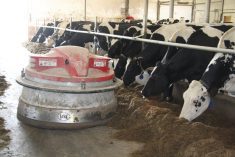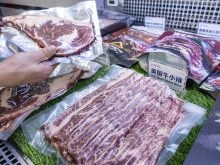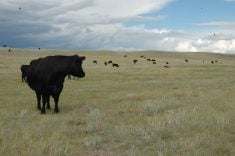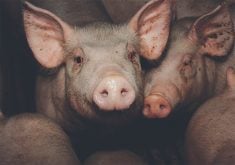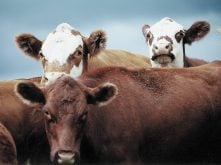FORT MACLEOD, Alta. – A unique partnership is humming between southern Alberta beekeepers and certified canola seed growers.
For more than a decade, hybrid canola growers have rented thousands of beehives for pollination and seed set.
It is a good-paying sideline for honey producers such as Alberta Beekeepers Association president Jerry Poelman of Fort Macleod, who has been in the business 20 years and owns 8,500 hives.
He said the province’s 300 seed growers needed 50,000 colonies this year, but could only get 30,000 from Alberta. Another 10,000 colonies were secured from Saskatchewan and British Columbia.
Read Also
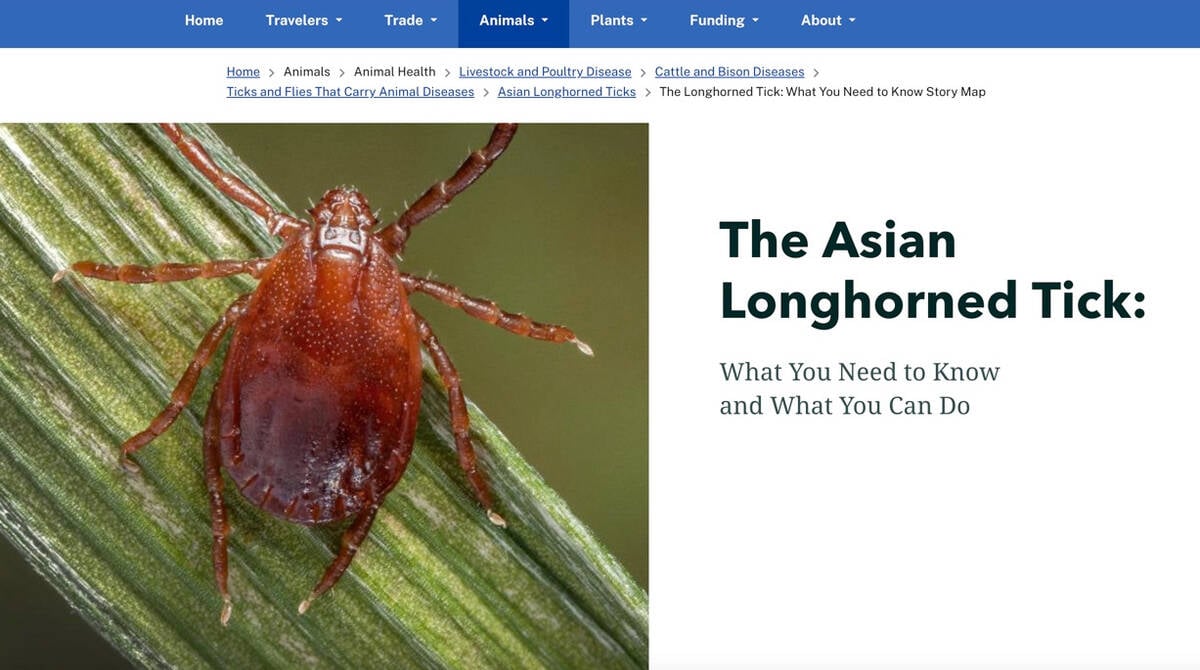
New World screwworm not seen as trade threat
Canadian cattle producers shouldn’t be worried about the New World screwworm, which has become a massive concern for ranchers in Mexico and is threatening the southern United States
“We couldn’t contract enough hives because honey prices are high and it’s hard for us to maintain our numbers because we couldn’t get a good supply of queens.”
Most hybrid seed production in southern Alberta is under irrigated conditions.
A similar program is used for hybrid corn varieties in Eastern Canada.
“There are other crops, but as an industry to make it quantifiable enough for the growers, canola seems to be the best for southern Alberta,” said Danielle Letain of Pioneer Hi-Bred Production Inc.
The procedure is as simple as the birds and the bees.
In hybrid production, the female plant cannot self pollinate like commercial brands. Bees have to move pollen from the male plant to the female.
Growers often plant male and female plants in separate rows. Seeds are collected from the female plants and the males are plowed down or harvested as silage later.
One hive per acre is required, but most put in two for good coverage.
Hives are often moved into the fields at night just before pollination between the last week of June and the end of July.
Night movement is better because the bees are quiet.
Alberta apiculturalist Medhat Naser said this summer’s hive shortage was a bigger problem than normal.
“This year we lost about 22 percent of the hives across the province.”
Drought, vorroa mite infestation and winter kill were responsible for the large death loss.
The challenge is finding a source of strong, healthy queens. Alberta needs about 110,000 queens a year, but was short this year by about 25,000.
Bees may be imported from Australia, New Zealand and Hawaii.
Alberta apiarists used to kill their bees each fall and import new colonies from the United States, but stopped doing that after the border closed in 1988.
At the time, Alberta had 1,150 beekeepers with 190,000 hives. Poelman said numbers have since dropped to 750 beekeepers with 130,000 hives.
Allan Philpott of Brooks, a fourth generation apiarist with 9,000 hives, said apiarists had to learn to over-winter their bees with strong queens, a good food source and well protected hives.
“It’s a real partnership of co-operation between the beekeeper and his bees,” Philpott said.
Canada produces 70 million pounds of honey annually, with about 70 percent exported to the U.S. Shipped out in 45 gallon drums, it is often blended with American honey or finds its way into processed food.




